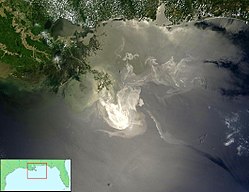
A false equivalence or false equivalency is an informal fallacy in which an equivalence is drawn between two subjects based on flawed, faulty, or false reasoning. This fallacy is categorized as a fallacy of inconsistency. [1] Colloquially, a false equivalence is often called "comparing apples and oranges."

